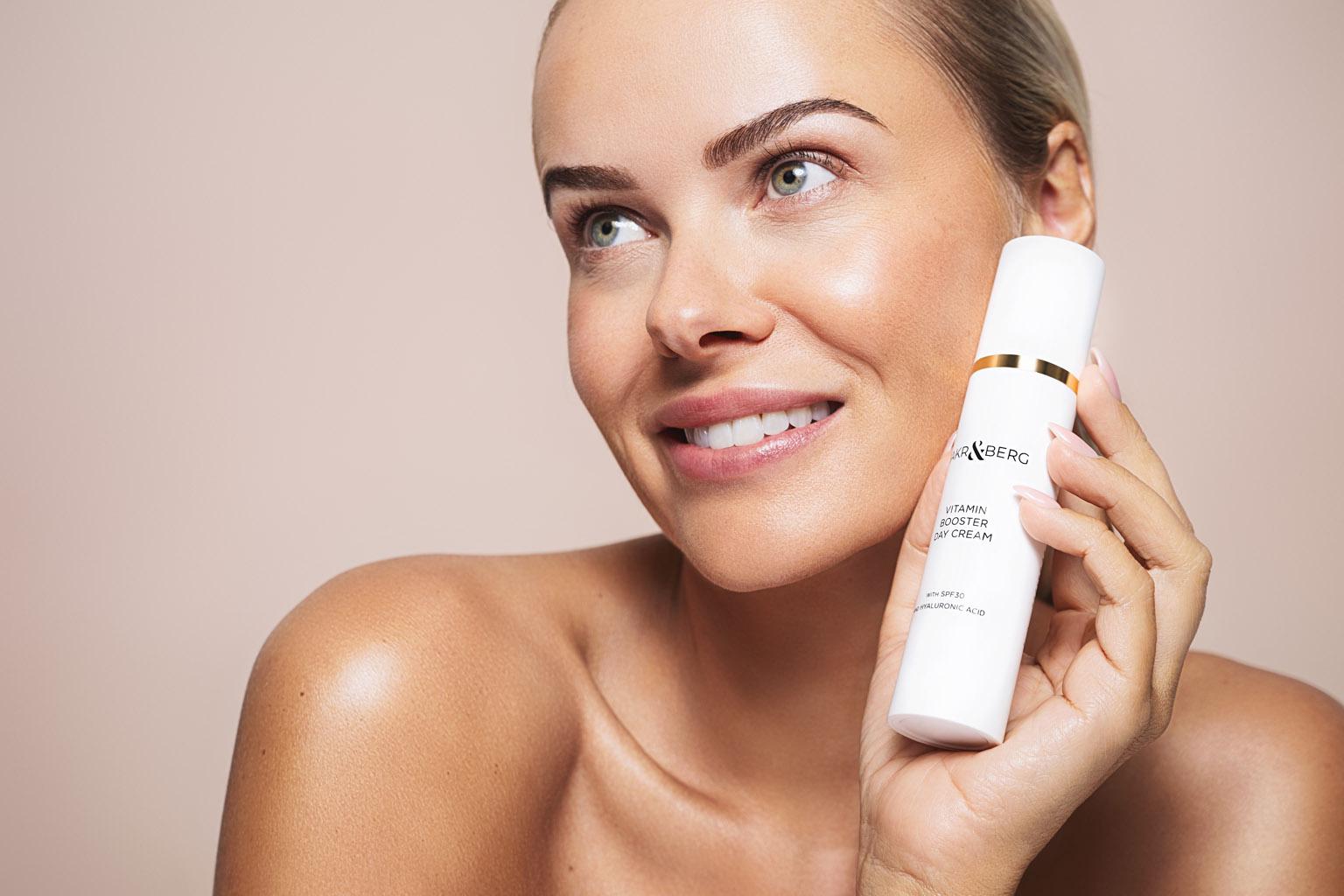
Why does a day cream with SPF often feel thicker?
Day creams are an important part of our daily skincare routine. They hydrate, nourish, and protect the skin from harmful external influences. One of the key properties of a day cream is its spreadability—how easily the cream glides over the skin. However, you may have noticed that day creams with SPF (sun protection factor) often feel slightly thicker and are more difficult to apply smoothly. But why is this?
The spreadability of a day cream is influenced by several factors:
Consistency of emulsifiers: Emulsifiers are substances that help water and oil mix well to form a stable emulsion. In a day cream, they are crucial for the texture and spreadability.
Lipids (fats): The composition of fats and oils in the cream greatly affects its spreadability. Heavier oils, such as shea butter, make the cream richer and give it a greasier feel, while lighter oils, like jojoba oil or apricot kernel oil, create a silky effect. The combination of heavy and light oils in BAKR&BERG's Vitamin Day Cream ensures optimal spreadability.
Water phase vs. oil phase: Day creams are often O/W emulsions (oil-in-water), where oil is finely dispersed in water. This type of emulsion is lighter and easier to spread than W/O emulsions (water-in-oil), which are usually greasier and harder to distribute. BAKR&BERG's creams are carefully developed as O/W emulsions, which contributes to their desired composition and spreadability.
Thickeners and stabilizers: To ensure the stability of UV filters and optimize their effectiveness, thickeners and stabilizers are often added to the formulation. While these ingredients are crucial for stability, they can affect the cream’s spreadability.
The Role of UV Filters in Consistency:
There are two types of UV filters used in day creams: chemical (organic) filters and physical (inorganic) filters.
Chemical filters: These filters absorb UV rays and convert them into heat. While chemical filters typically have less impact on spreadability than physical filters, they can make the cream slightly thicker.
Physical filters: These filters act as a physical barrier on the skin and reflect UV rays. These filters have a larger molecular structure and can make the cream feel rougher, making it harder to apply evenly. The larger molecular structure of physical filters can result in a coarser texture, which may contribute to the thicker feeling.
In BAKR&BERG's Vitamin Booster Day Cream, the following sun filters are used: Bis-Ethylhexyloxyphenol Methoxyphenyl Triazine (Tinosorb S), Methylene Bis-Benzotriazolyl Tetramethylbutylphenol (nano) (Tinosorb M), and Ethylhexyl Triazone.
These sun filters provide strong protection without irritating the skin:
Tinosorb S: Protects against both UV-A and UV-B, is not absorbed by the skin, does not produce free radicals or cause hormonal disruptions, and has antioxidant and anti-inflammatory properties.
Tinosorb M: Offers protection against both UV-A and UV-B. This nano filter adheres well to the skin, does not produce free radicals or cause hormonal disruptions, and is safe to use.
Ethylhexyl Triazone: A stable UV-B filter that does not produce free radicals or cause hormonal disruptions, has minimal risk of skin irritation, and is not absorbed into the skin.
Together, these filters offer safe, stable, and effective sun protection.
Conclusion:
The spreadability of a day cream depends on the various ingredients in the formulation. Day creams with SPF often contain additional components, such as UV filters and stabilizers, which can alter the texture and make the cream feel thicker. While this can sometimes be seen as a disadvantage, it is important to remember that the protective action of SPF is crucial for maintaining healthy, youthful, and radiant skin.
[1]. Venkatesh S, Reddy R, Rao K, et al. A study on the effect of surfactants and thickening agents on the spreadability of sunscreen formulations. J Cosmet Dermatol. 2020;19(1):88-96.
[2]. Addor FAS, Barcaui CB, Gomes EE, Lupi O, Marçon CR, Miot HA. Sunscreen lotions in the dermatological prescription: review of concepts and controversies. An Bras Dermatol. 2022 Mar-Apr;97(2):204-222.
[3]. Otberg N, Boehm D, Neuser J, et al. The effect of emulsifier type on the skin absorption of sunscreen agents. J Dermatol Sci. 2020;98(1):10-16.
Share

